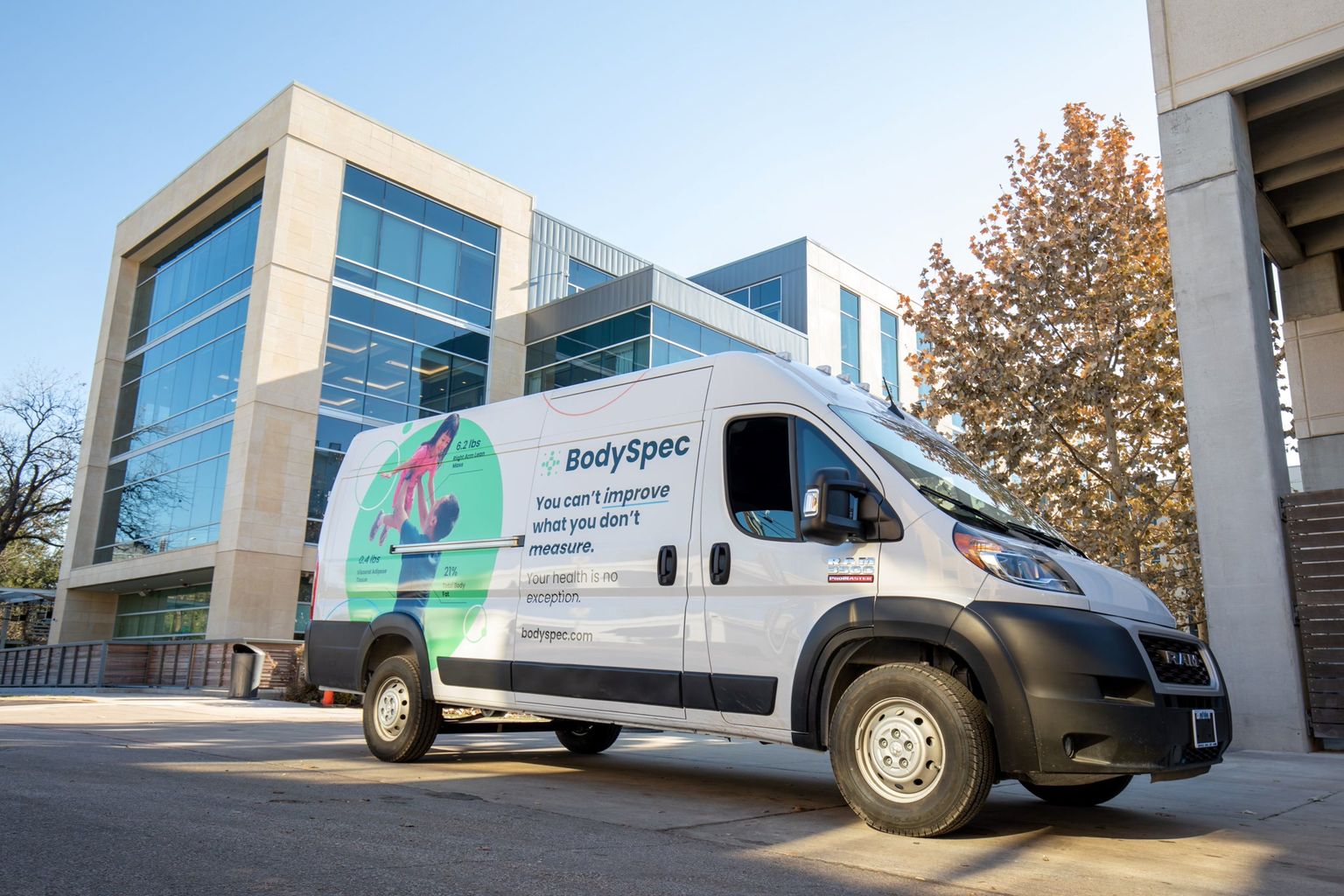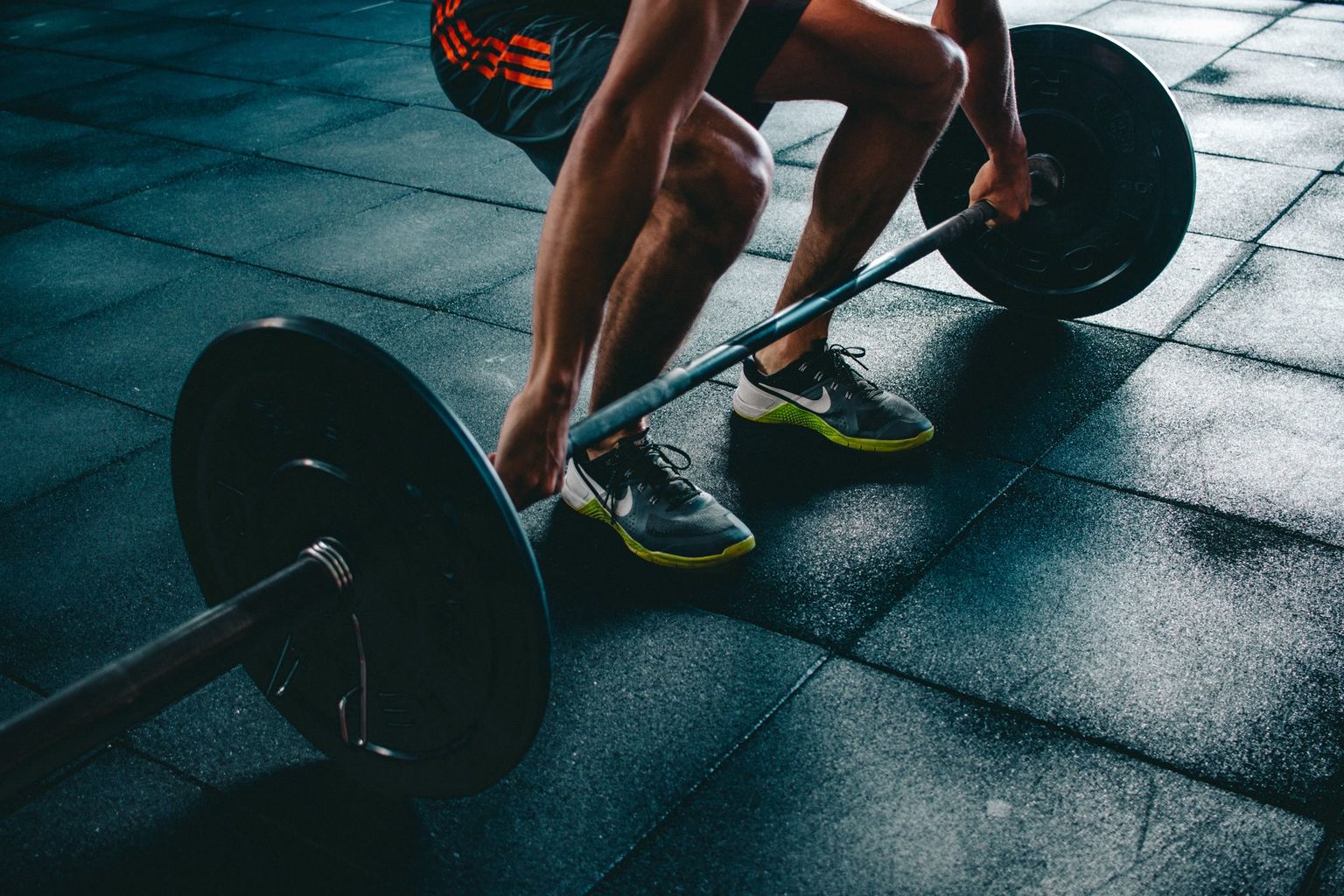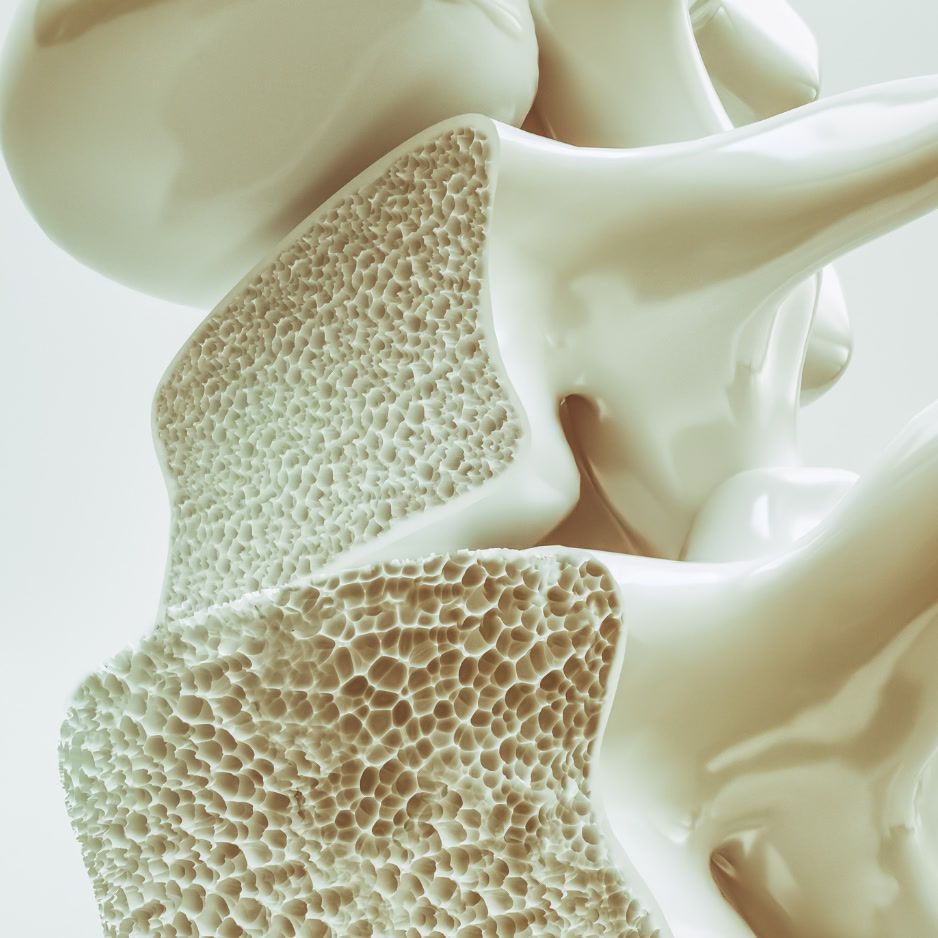BodySpec DEXA Scan Accuracy Guide

How Accurate is BodySpec? DEXA Scan Accuracy Guide
If you're here to track progress with confidence, you're asking the right question: how accurate is BodySpec? Trustworthy results depend on two things: accuracy—how close a reading is to the true value—and precision—how tightly repeated readings agree. Modern DEXA delivers high baseline accuracy, and BodySpec layers operational controls to make your day-to-day results even more repeatable.
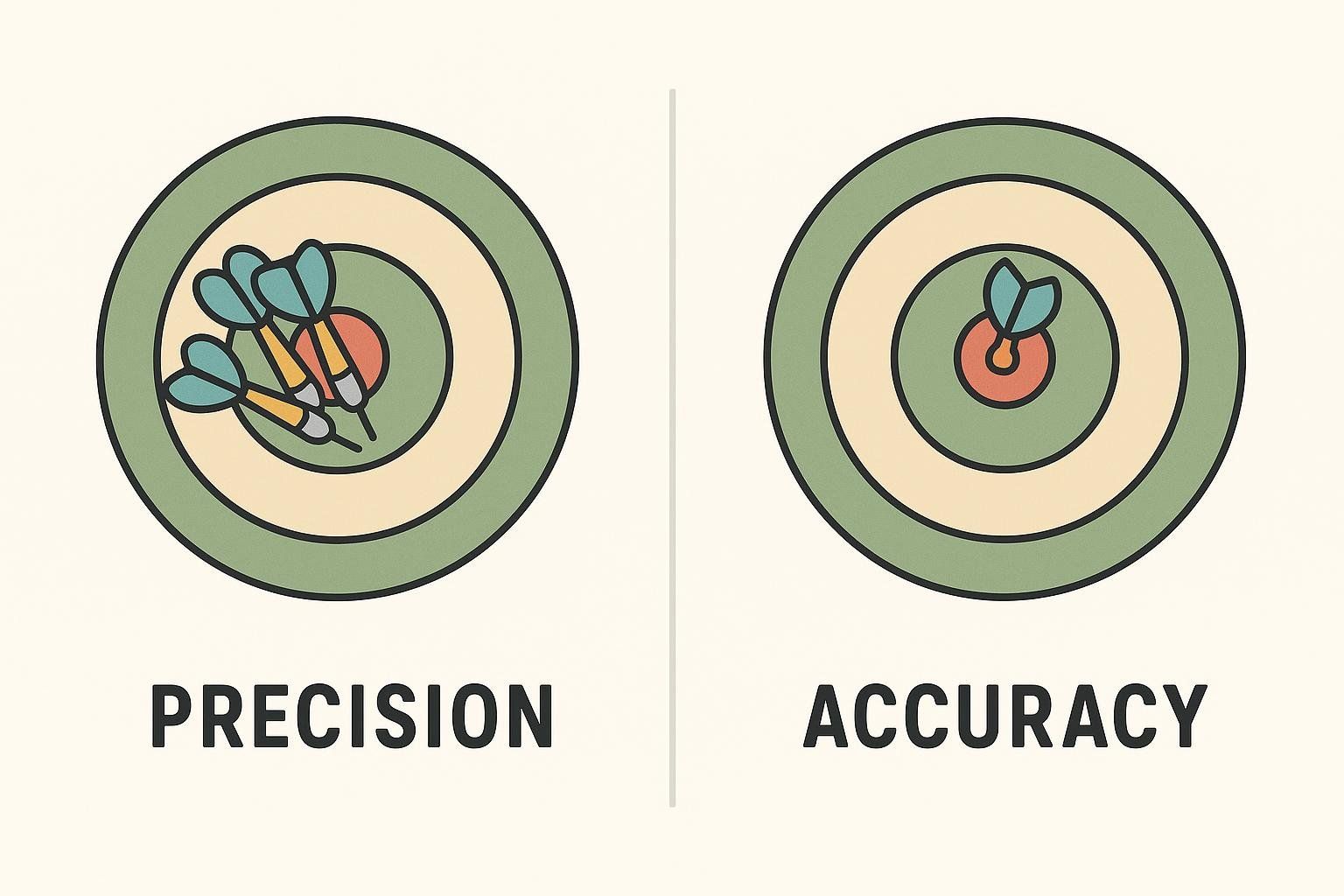
For tracking your own progress, precision is what reveals small, real changes. BodySpec's systems are engineered for precision through twice-daily phantom QA, fleet harmonization, and exclusive in-house service.
Thanks to these controls, clients who keep their prep consistent typically see about ±0.5% scan-to-scan repeatability on body-fat percentage. Learn more in our DEXA accuracy and calibration process.
Our scanners operate under defined quality controls that keep instrument variability below everyday swings from hydration or meal timing. Because QA minimizes hardware variability, your consistent preparation becomes the most significant factor affecting scan-to-scan precision.
Real-World Precision Data
We perform automated audits of our QA data every day comparing thousands of measurements over the course of any given week. Our analysis shows that our mobile Prodigy fleet consistently measures with a standard deviation of ±0.4 percentage points and our in-store iDXA's measures with a standard deviation of ±0.2 percentage points. This data validates our ±0.5% repeatability standard and demonstrates high consistency across both truck and storefront locations.
Our Approach to DEXA Accuracy

- Twice-daily phantom QA with automatic lockouts: Verifies X-ray output and detector linearity against known references. Out-of-range values trigger lockouts to prevent drift and protect comparability.
- Fleet harmonization: Benchmarks every scanner against the fleet. Control charts flag outliers early so we recalibrate before results are affected. This ensures you will receive consistent results at any BodySpec location.
- Exclusive in-house service: BodySpec technicians follow proprietary QA and maintenance protocols for fleet-wide consistency and precision.
- Data-driven standards: High-volume QA and scan data inform tight control limits. We verify cross-site consistency and catch deviations early to improve repeatability.
Why Our In-House Technicians Improve Accuracy
Many providers rely on third-party contractors for reactive maintenance. BodySpec does the opposite: our repair technicians are full-time, manufacturer-trained experts with extensive hands-on experience across both storefront and mobile scanners. That matters for your data—here's why:

- Our in-house team handles the entire lifecycle—initial setup, routine preventive maintenance, software and firmware updates, and repairs—so we prevent issues before they surface and fix anomalies fast.
- Because our technicians are manufacturer-trained and follow OEM specifications, they protect calibration integrity and image quality over time.
- Mobile units face vibration, temperature swings, and power variability. Our technicians apply mobile-specific QA, alignment checks, and radiation-safety procedures so a scan in a truck reads like a scan in a studio.
- We maintain a unified service history for every scanner. This allows our team to spot potential issues from performance data and fix them proactively, helping ensure your results remain consistent.
- The team emphasizes proactive maintenance and long-term quality. This emphasis helps us achieve the ±0.5% repeatability that clients experience under consistent prep.
For a detailed overview of our calibration program, see our DEXA accuracy and calibration process, which covers daily QA and fleet-wide controls.
Built on Validated DEXA Technology
- Studies on the GE Lunar iDXA show that same-day test–retest precision is around 1% for fat mass when subjects are repositioned.
- A DEXA-derived four-compartment model closely matches a traditional gold-standard lab model and shows excellent reliability for %BF, fat mass, and lean mass across sessions.
- A comprehensive review reports DXA's minimal radiation dose with strong agreement to reference methods and long-term instrument stability under proper QA.
- Large cohort data show that DEXA's visceral fat (VAT) measurement is a strong predictor of heart and metabolic risk with clear health targets.
Factors Influencing Scan Results
Consistent preparation is the key to achieving reliable results. For a detailed checklist, see our scan preparation guide.
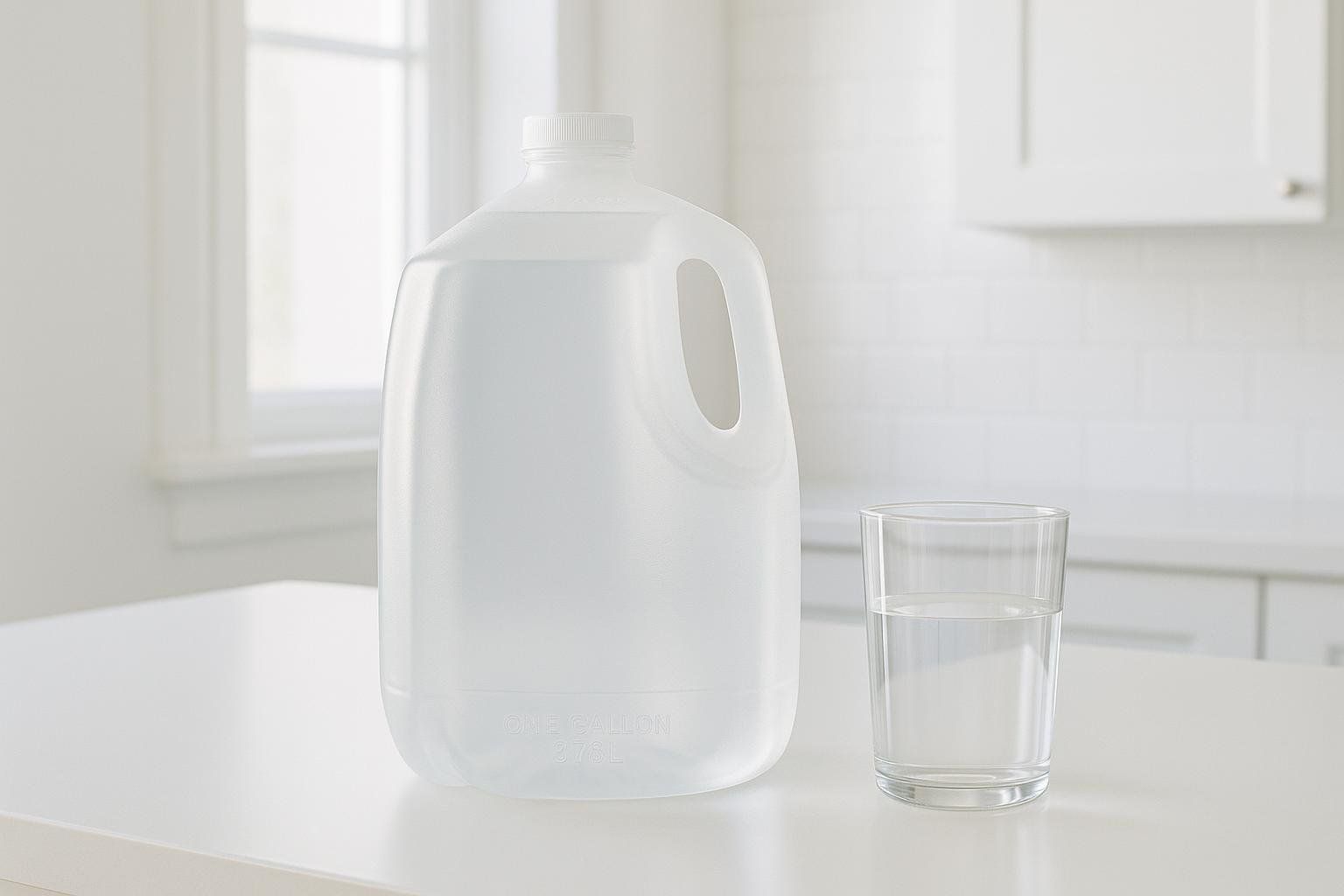
- Hydration and meal timing: Water contributes to the lean-mass reading. Keep fluids and meals consistent; large swings shift lean mass and can nudge percent body fat. In an internal experiment, we found it took a full gallon of water to move body fat by ~1 percentage point, as demonstrated in our BodySpec water test.
- Hard workouts/sauna: Intense sessions can transiently redistribute water; avoid them ~12 hours pre-scan.
- Clothing/metal: Wear light, metal-free clothing; remove jewelry and wearables to avoid artifacts, as explained in our guide on the impact of clothing on DEXA scans.
- Recent contrast imaging: Wait ~10–14 days after barium/contrast exams to avoid artifacts. Learn more in our DEXA safety guide.
Understanding ±0.5%: Concrete Examples
Here's how BodySpec's typical ±0.5% band looks for whole-body body-fat percentage (BF%):
| Measured BF% | ±0.5% Band |
|---|---|
| 12% | 11.5–12.5% |
| 18% | 17.5–18.5% |
| 25% | 24.5–25.5% |
| 32% | 31.5–32.5% |
A consistent trend that moves beyond this ±0.5% band is strong evidence of real change.
How BodySpec Accuracy Compares to Other Methods
- InBody/BIA: Hydration-sensitive and prone to individual-level error. Large-cohort research finds that while mean biases may look small, the limits of agreement for individuals are wide—making BIA less reliable for individuals compared with DXA. You can see a full breakdown in our InBody vs. DEXA comparison.
- Hydrostatic weighing/ADP: These methods can estimate total body fat percentage, but they don't measure visceral fat, bone density, or regional muscle/fat distribution. They're also harder to repeat frequently due to specialized equipment and setup time. Our guide comparing BodySpec DEXA vs. other body composition tests offers a deeper dive on technology trade-offs.
FAQ: Your Top Accuracy Questions, Answered
- Are BodySpec DEXA scans accurate enough to guide training and nutrition? Yes. Our operational controls—including twice-daily QA and fleet harmonization—typically achieve ±0.5% repeatability under consistent prep, so small, real changes stand out clearly. Read more in our DEXA accuracy and calibration process.
- Can DEXA really measure visceral fat? Yes. Modern DEXA provides a VAT estimate that tracks central adiposity and correlates with metabolic risk in population studies (DXA-VAT thresholds and risk).
- How often should I scan to capture true change? Every 8–12 weeks fits most goals. Athletes in tight phases may scan monthly; keep prep consistent by following our DEXA scan preparation guide.
- Are DEXA scans safe? Yes. Whole-body DEXA uses very low radiation—about ~3–5 µSv, roughly less than a day of background exposure—with scans taking only 6–10 minutes. Read our guides on DEXA safety and what to expect on scan day.
- What are the limitations of DEXA accuracy? Like any method, DXA can be influenced by body size and fat distribution, and VAT precision is lower in very lean individuals; rigorous prep improves reliability (DXA review: precision and limits). For personal progress, the most meaningful signal is your trend across scans under consistent prep.
- Why is BodySpec's repeatability cited as ±0.5% when some studies show about ±1% precision for fat mass? In controlled testing, repeated scans of the same person typically fall within about one percentage point for total-body fat measurements on GE iDXA systems (iDXA precision within ~1%). BodySpec adds real-world safeguards—twice-daily phantom QA, exclusive in-house maintenance, and fleet analytics—that further reduce variability. Across thousands of rescans under consistent prep, those safeguards produce roughly ±0.5% repeatability.
The Bottom Line
DEXA delivers high-fidelity body composition data at ultra-low radiation doses. By pairing validated technology with strict, twice-daily QA, in-house, manufacturer-trained technicians, and fleet-level monitoring, BodySpec provides clean, repeatable results—about ±0.5% scan-to-scan under consistent prep—so you can trust the trends and make confident training and nutrition decisions.
